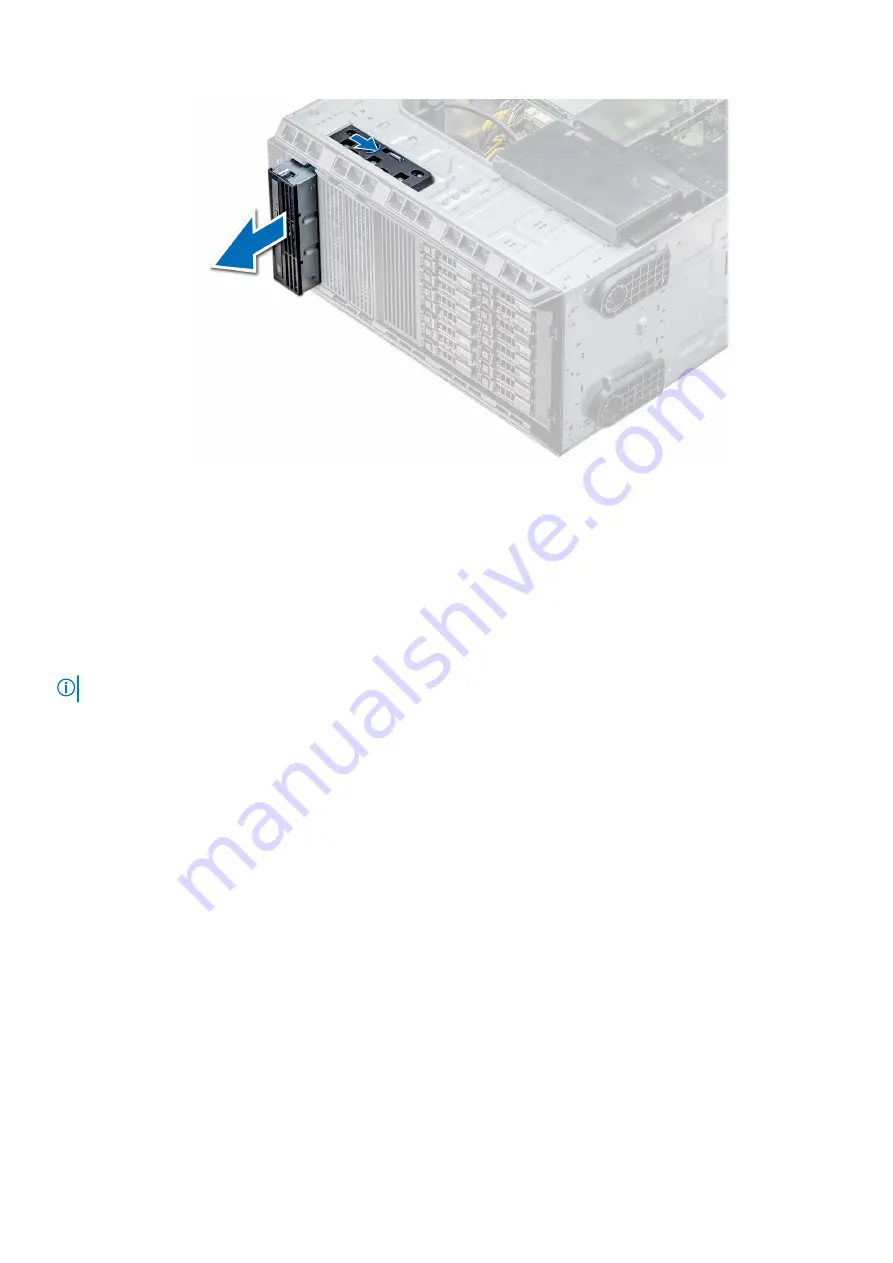
Figure 39. Removing the optical drive cage or tape drive
Next steps
Install the optical drive cage or tape drive
.
Installing the optical drive cage or tape drive
Prerequisites
NOTE:
The procedure to install the optical drive cage is the same as installing the tape drive.
Follow the safety guidelines listed in
.
Steps
1. Unpack and prepare the drive for installation.
For instructions, see the documentation that shipped with the drive.
If you are installing a SAS tape drive, you must have an internal tape adapter installed. For more information on installing a
SAS tape drive, see the
section.
2. If applicable, remove the existing drive or the drive blank.
3. Align the guide on the drive with the slot on drive bay.
4. Slide the drive into the slot until the latch clicks into place.
5. Connect the power and data cable to the drive.
6. Connect the power and data cables to the backplane and the system board.
Installing and removing system components
51






























